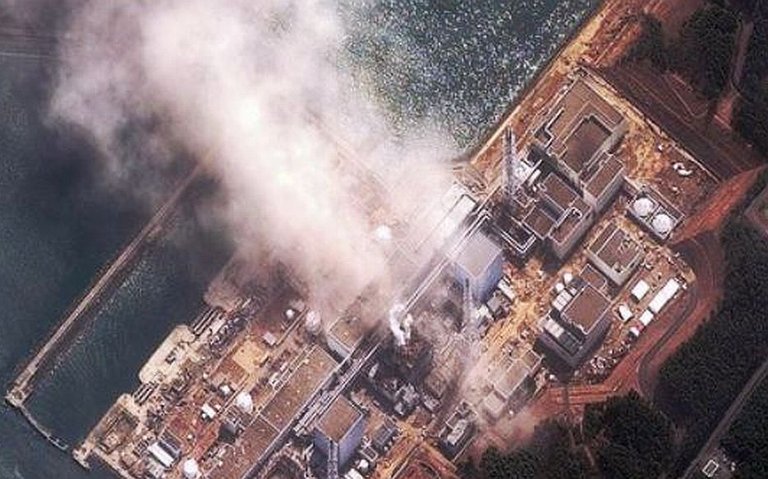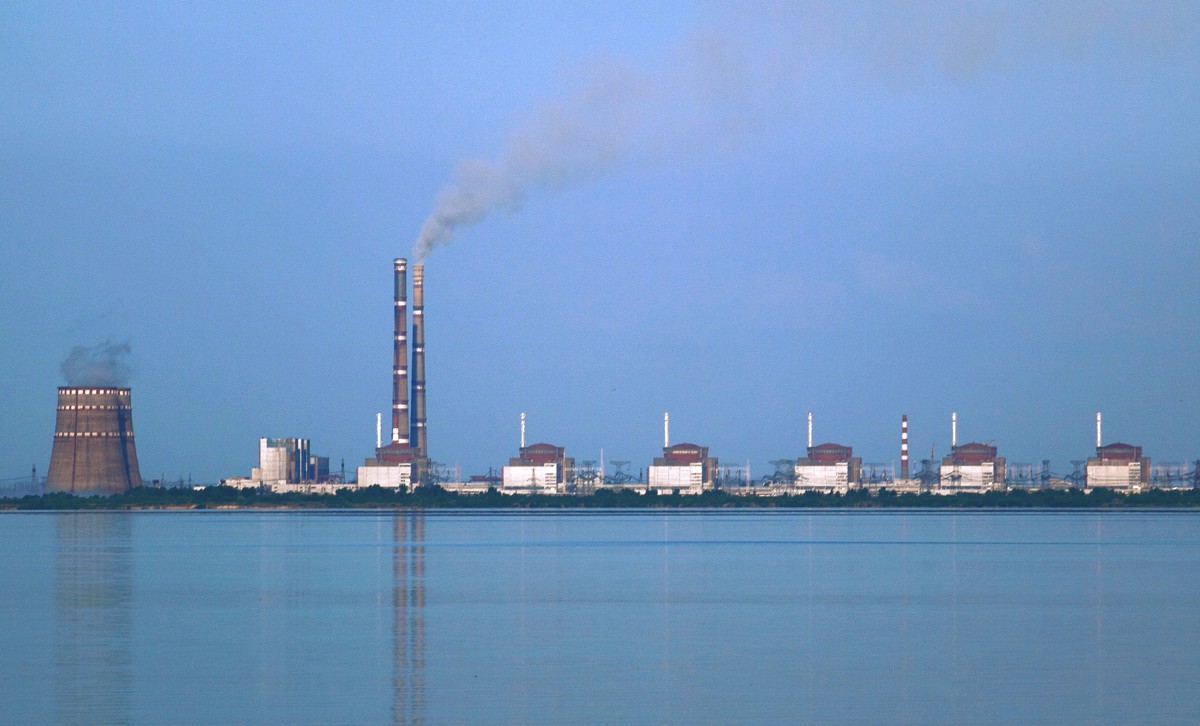10th anniversary of Fukushima: the challenges of nuclear energy
Ten years have passed since the Fukushima nuclear accident. In it, the earthquake and subsequent tsunamis caused an explosion in the reactor building at the nuclear power plant, the breakage of cooling systems and the spread of radiation. The anniversary of the second largest nuclear accident in history has brought to the table the problems of nuclear energy and its medium-term challenges.

The Fukushima disaster did not cause direct human casualties, but damage to life, social structures and ecosystems is irreversible. 165,000 people were displaced and, a decade later, 43,000 citizens have not been able to return to their villages. However, the industry has quantified the economic consequences of the accident, but not the serious side effects on the environment and well-being.
After several serious accidents, nuclear power is in permanent debate. Some experts consider it an opportunity to combat global warming and make decarbonization real. The Intergovernmental Panel on Climate Change (IPCC) itself, in its 2018 special report on global warming, recognized the contribution of nuclear energy to limiting the increase in global temperature. However, many others are against it because of the great environmental and social concerns.
Researchers at Harvard University have now denounced the lack of transparency and equity in decision making in the nuclear sector in an opinion article in the journal Nature. “Safety and cost are not the only challenges the nuclear industry has. The nuclear sector has systematically failed to collect citizens' concerns. Psychological studies conducted around risk in the 1960s and 1970s reported that citizens reacted emotionally, irrationally and negligently, and asked the nuclear industry to accept public risk perceptions or “educate the public.” The industry opted for the last path, involving citizens only in the process that suited them, and always focused on believing their own vision,” the researchers say. In his opinion, however, it is essential to listen honestly to the citizenry without pretending to convince it. Since uranium is extracted until waste management is decided, citizens must have the word. This is a major shift in focus.
Consequences of the accident in the nuclear industry
The nuclear industry itself has also suffered consequences every time there is a disaster. Four months after the Fukushima accident, Germany decided to completely eliminate nuclear power by 2022. Switzerland did the same and destroyed the country's five reactors. In Japan, 12 of the 54 operating reactors were closed forever and another 24 remain closed.
At this time, however, around 50 nuclear power reactors are being built around the world. China is the country that is building the most (16 plants), followed by India and South Korea. According to the report on the situation of the nuclear industry in the world, 414 nuclear power reactors operate and supply 10.3% of the world's electricity.
How to solve the security problem?
But safety is still on the table. One of the solutions proposed by the nuclear industry to solve the problem is the construction of small modular reactors who believe that the small size will reduce the possible disaster. The reactors would have a production of less than 300 MW to feed nearly 200,000 households.
Another solution is to build more efficient and safe reactors using a different cooling liquid than water. But the speed of development of new technologies means that these reactors do not come to market until the middle of the century. Meanwhile, solar and wind energy storage technologies are becoming increasingly competitive. Many fear that nuclear technologies will no longer be left behind.
Industry without social commitment
However, the researchers point out that new nuclear proposals continue to underestimate unresolved ethical concerns, distributing unbalanced benefits and risks. For example, three-quarters of world uranium production comes from mines around indigenous communities, but they have never been restructured afterwards, poisoning nearby lands and peoples. In the case of waste, the nuclear industry has no technical solution for waste management, beyond its subsoil concealment, and nuclear waste warehouses are away from nuclear power supply communities.
The US Reactor Innovation Center is now studying the first proposals to involve the community: as many people are willing to burn tobacco, drive cars and take other personal risks, would you be willing in your community and receive a nuclear reactor for consumption?
Buletina
Bidali zure helbide elektronikoa eta jaso asteroko buletina zure sarrera-ontzian












